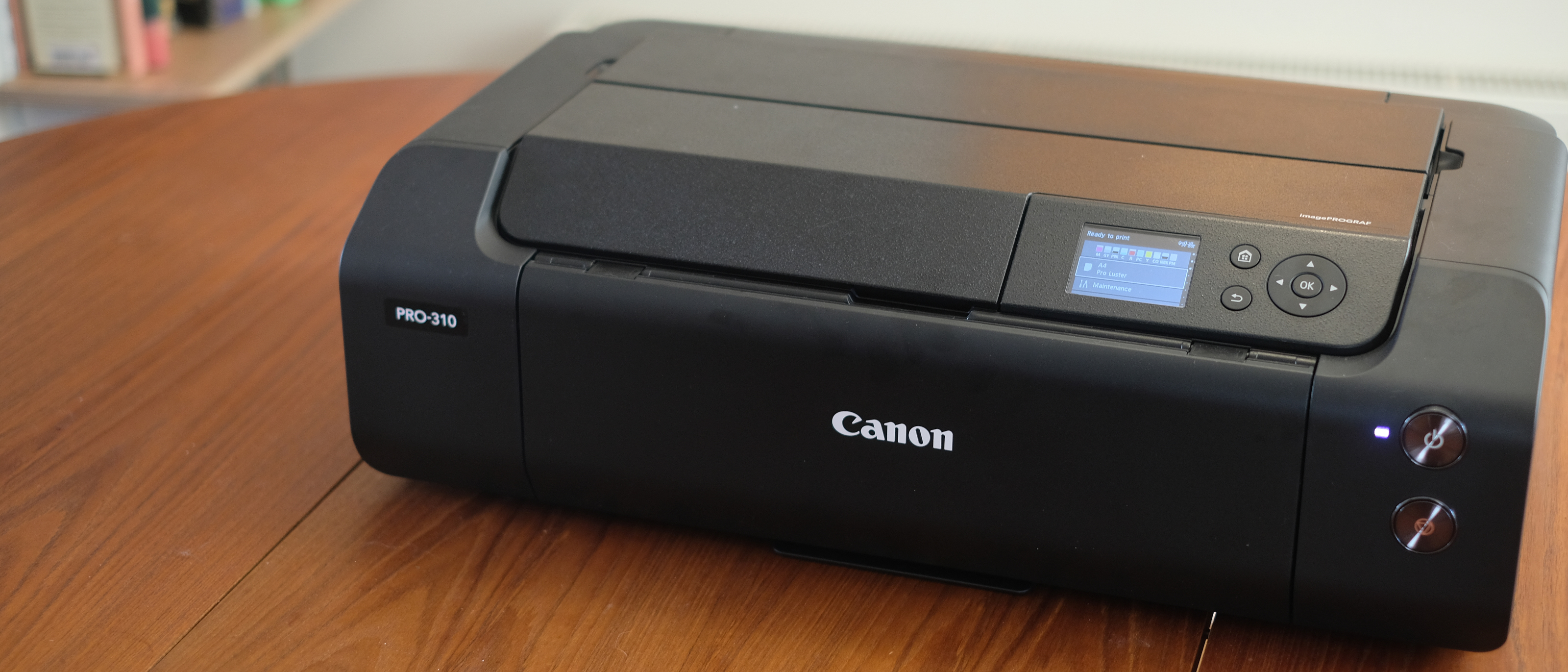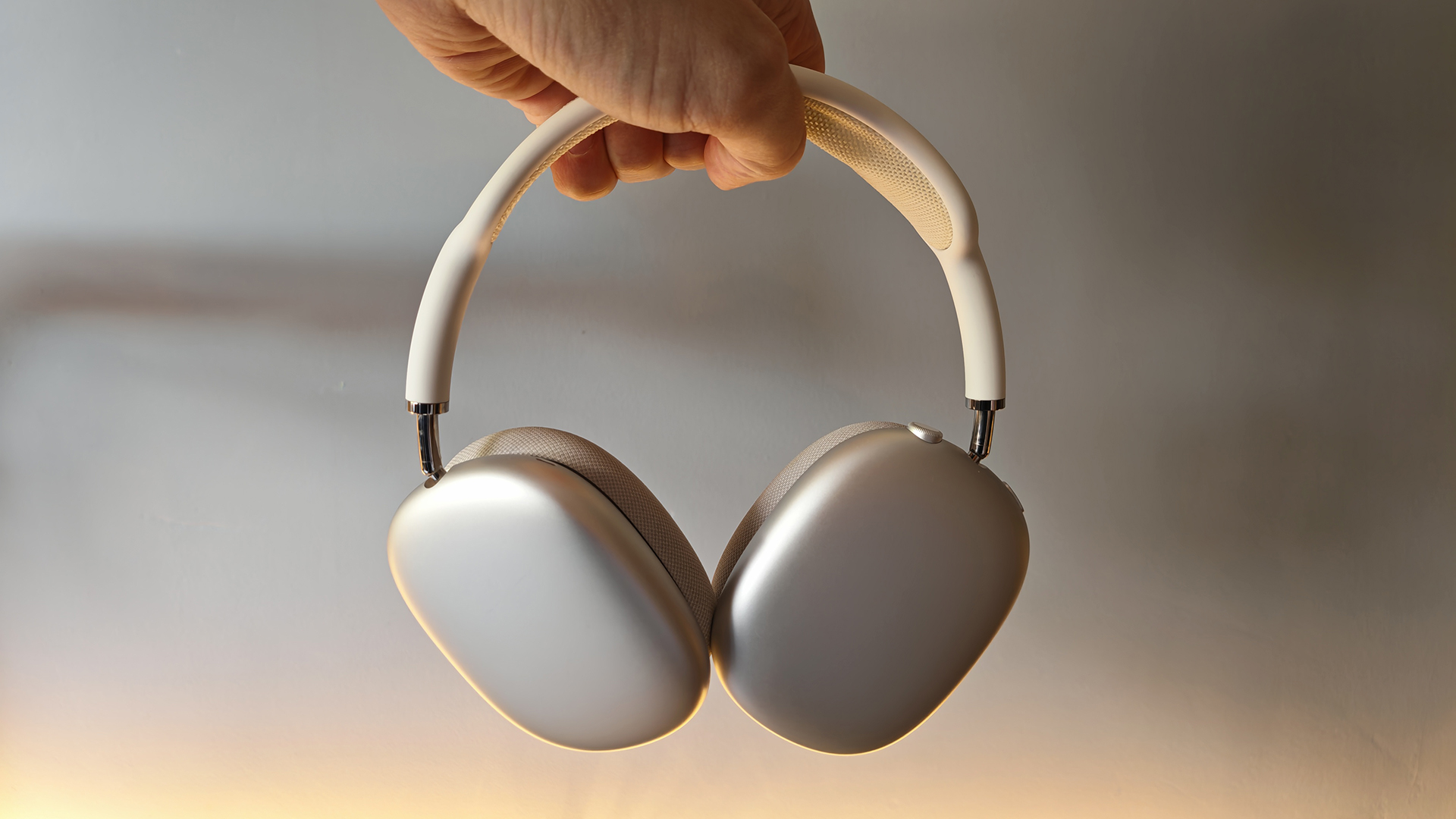Our Verdict
Producing luscious quality on matte and glossy paper alike, this is an ideal all-in-one photo printer for home use. It's not the fastest, it's pretty hefty, and it can rattle its way through its ink tanks, but you won't care about any of that when you're holding these beautiful prints in your hands.
For
- Stunning print quality
- Does well on different paper types
- Easy setup and operation
Against
- Fiddly, temperamental Wi-Fi
- Screen not touch-sensitive
- Ink costs rack up
Why you can trust Creative Bloq
I love this printer. I love it. I don’t remember the last time I was this sorry to send a piece of review tech back to the manufacturer, even one that took up a big chunk of my dining table. The Canon imagePROGRAF PRO-310 is a thing of beauty.
And for Black Friday, it's down from $972 to $729 at Amazon.
A lush A3+ printer that’s pitched towards photographers, the Canon imagePROGRAF PRO-310 is an updated version of the incredibly popular PRO-300, long regarded as one of the best art printers, particularly for photos. Using individual Lucia Pro II pigment ink cartridges, including a matte black ink for maximising monochrome and a Chroma Optimizer cartridge for smooth gloss, it’s designed to deliver smoothly graduated colors in gallery-quality prints that last and last.
Eager to see how well it performed, I took this printer for a few test-runs with my own photo archive, a mix of colour and monochrome. How did it hold up? Well, I’ve already ruined the suspense on that with my gushing intro, but regardless, let’s find out.

Canon imagePROGRAF PRO-310 review: key specs
Ink type | LUCIA PRO II Ink Tanks: PFI-5100 MBK/ PBK/C/M/Y/PC/PM/GY/R/CO | Row 0 - Cell 2 |
Cartridges | 10 | Row 1 - Cell 2 |
Max. print resolution | 4800 x 2400 dpi | Row 2 - Cell 2 |
Max. print size | A3+ (329 x 483mm) | Row 3 - Cell 2 |
Connectivity | Wi-Fi, USB-C, USB, Ethernet | Row 4 - Cell 2 |
Dimensions | 639 x 379 x 200mm | Row 5 - Cell 2 |
Weight | 14.4kg | Row 6 - Cell 2 |
Setup & design
In its marketing material, Canon has waxed lyrical about how ‘beautifully compact’ the PRO-310 is. While I suppose that’s somewhat true in the wider context of large-format printers, when you actually unbox this thing, believe me, ‘compact’ will be one of the last words on your mind. As mentioned it took up a hefty portion of my dining table, especially when the top feed and output tray were unfolded. At 639mm along its longest edge, it’s fine for home use, but it’s not something that’s going to perch elegantly on a desk next to a laptop, let’s be serious.

When folded, the PRO-310 is a sleek black oblong, putting one in mind of Bullet Bill from Super Mario. It feels solid, weighty and well-made, with a sturdy metal chassis. Operation is conducted via the front buttons and 3-inch screen, the latter of which you’ll almost certainly stab a few times with a finger before you realise it’s not a touchscreen. The top input and bottom output trays fold out smoothly, and you can open up the central part to change inks when required, which is very easy.
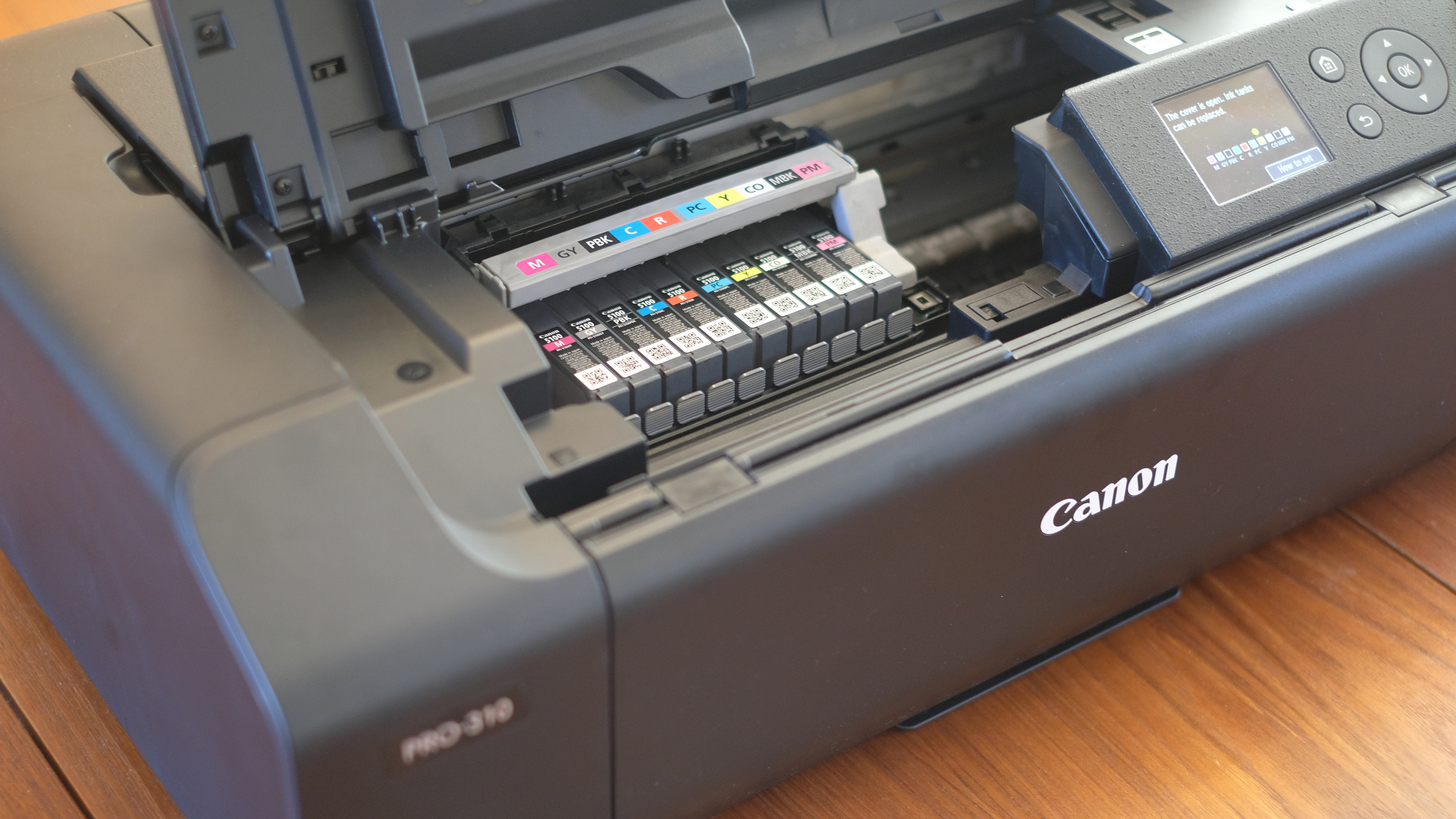
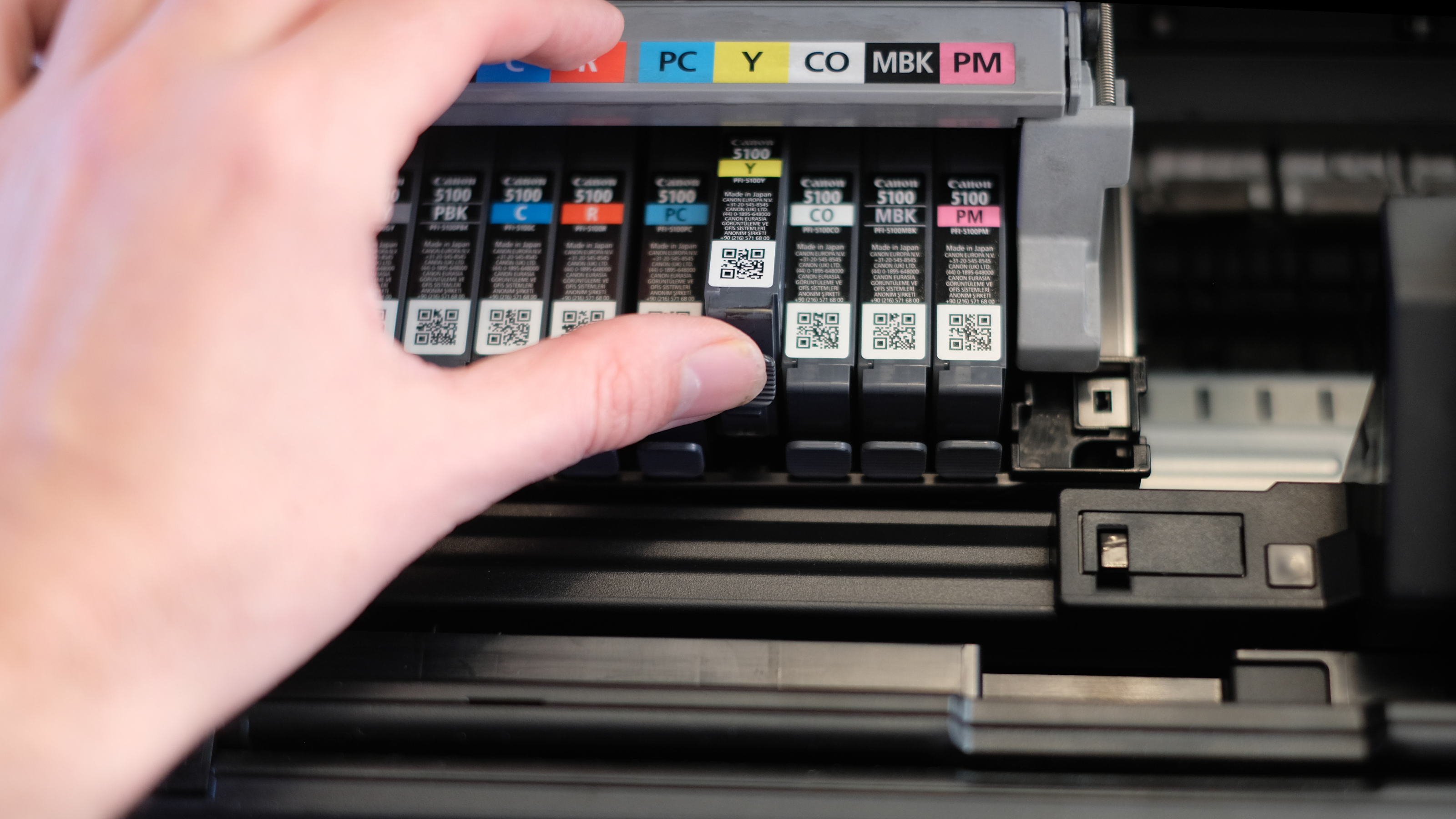
Indeed, the whole process of setting up the PRO-310 is beautifully smooth. Once powered up, it takes a few moments to agitate its ink, and then it’s ready. If you download the Canon PRINT software to your PC or Mac and then connect the printer via USB or USB-C, you can be ready to start printing within minutes of unboxing.
Daily design news, reviews, how-tos and more, as picked by the editors.
You can also use the Wi-Fi functionality to connect wirelessly. I’d seen customer reviews online complaining that the Wi-Fi setup was fiddly and annoying, so I unplugged to try it out, and: yes. It is. You have to download additional software for some reason; the printer screen tells you to ‘follow the instructions’ even though these aren’t particularly well-signposted; and you get stuck with a ‘Setting up. Please wait’ dialog for ages that offers no progress bar or any other indication that things are working. Honestly, unless you’re in a situation where doing so is completely impossible, just plug the damn thing in. Your blood pressure will thank you.
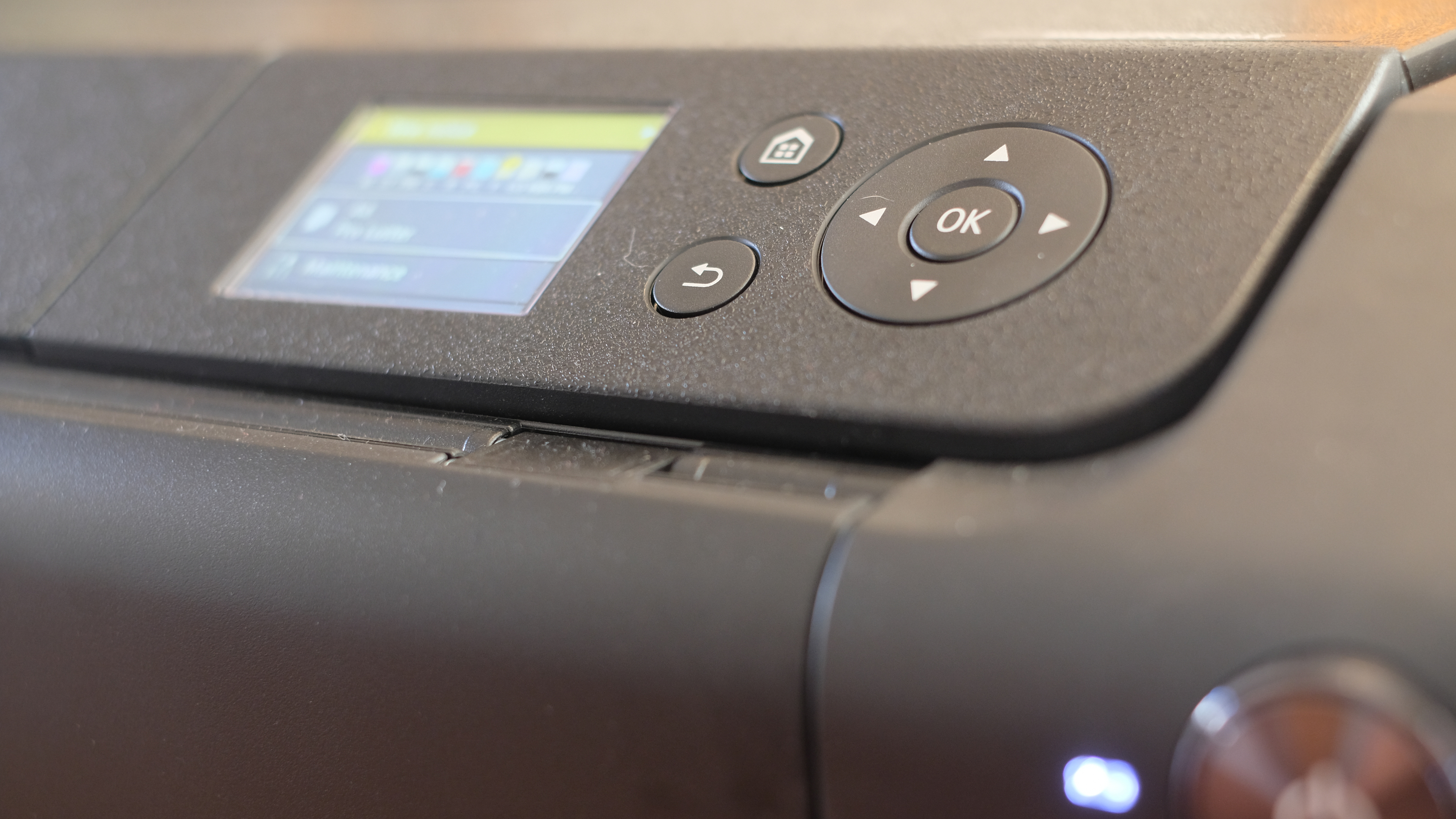
Using the screen, you can select your size and type of paper very easily – while all of Canon’s own papers are naturally at the top, the manufacturer does magnanimously include profiles for papers made by other popular manufacturers like Hahnemühle and Fotospeed.
Performance
Oh, man. When you see the deep blacks of an A3+ print on proper matte paper, or the pitch-perfect gloss of a borderless A3 print on Canon’s lustre paper, I think you’ll be blown away. The prints from this thing are gorgeous. It’s capable of capturing such subtle differences in tonality – I was absolutely poring over one image of a sunset sky, marvelling at how all the changes in light across the sky and the water had been transferred perfectly to paper. The nine inks provide impressive detail and amazingly subtle colour transitions.

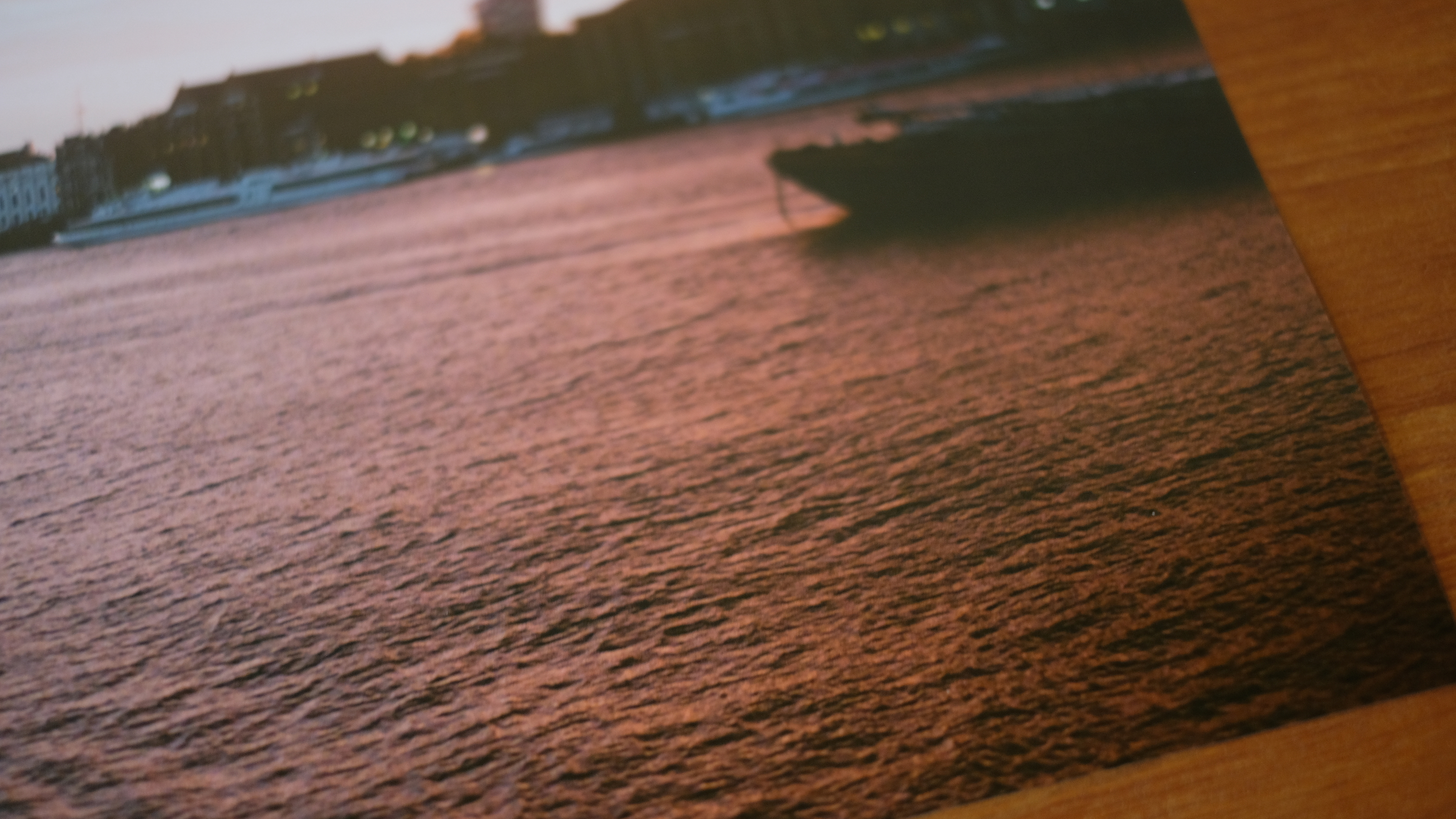
Monochrome prints look glorious, with that matte black cartridge putting in the work to produce some of the deepest blacks I’ve seen in a home-printed image. While prints looked great on matte, I have to say that my favourite images were pretty consistently the ones printed on glossy paper like Canon’s Pro Lustre.
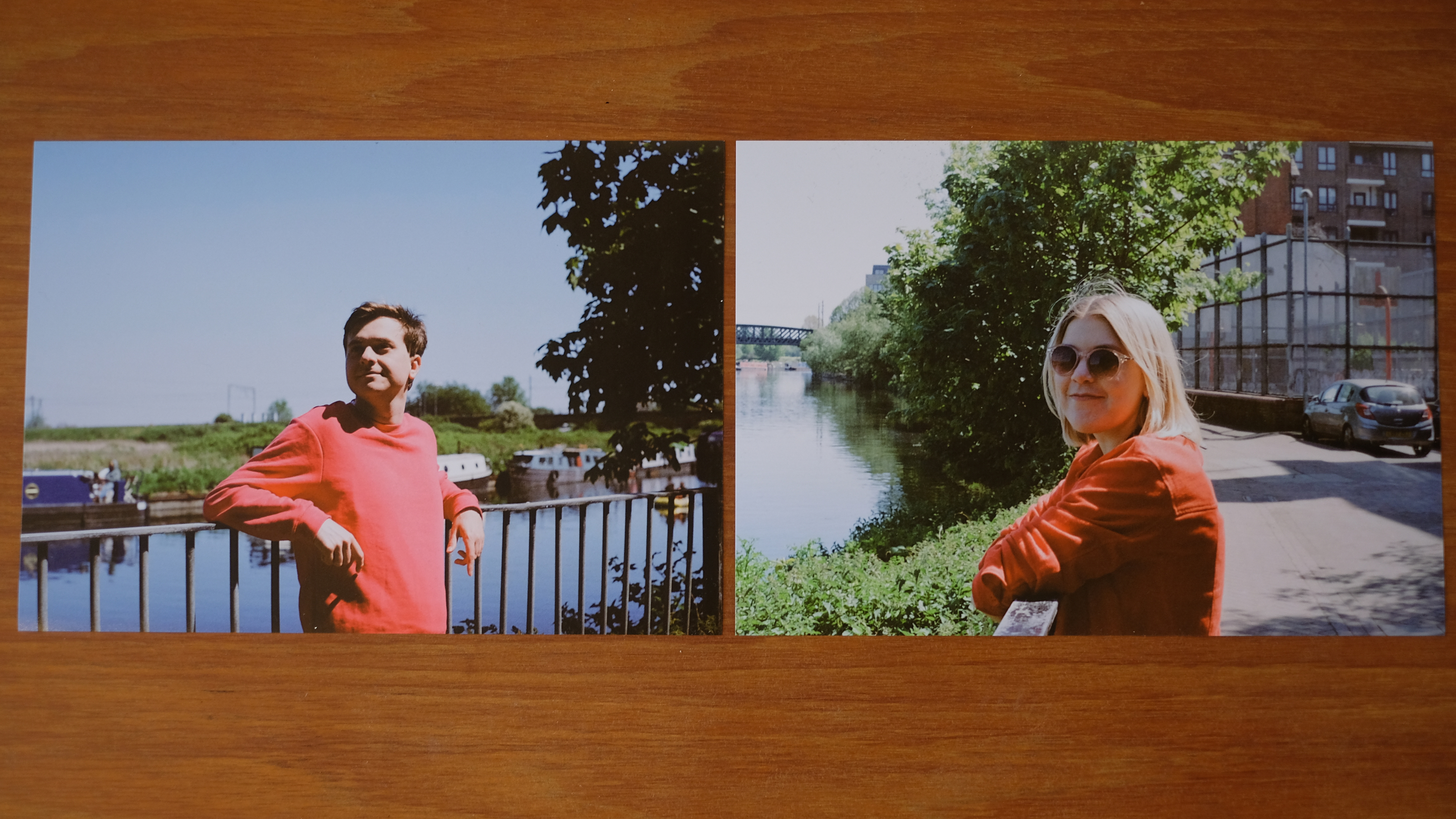
The colours on glossy just absolutely pop, making the most of the paper’s natural shine. The inclusion of the Chroma Optimizer cartridge – a clear coating that is applied to the prints as a finish – ensures that surface glossiness is smooth and even across the whole print, with none of the extra-shiny dark areas that can blight glossy prints made with pigment-based printers.
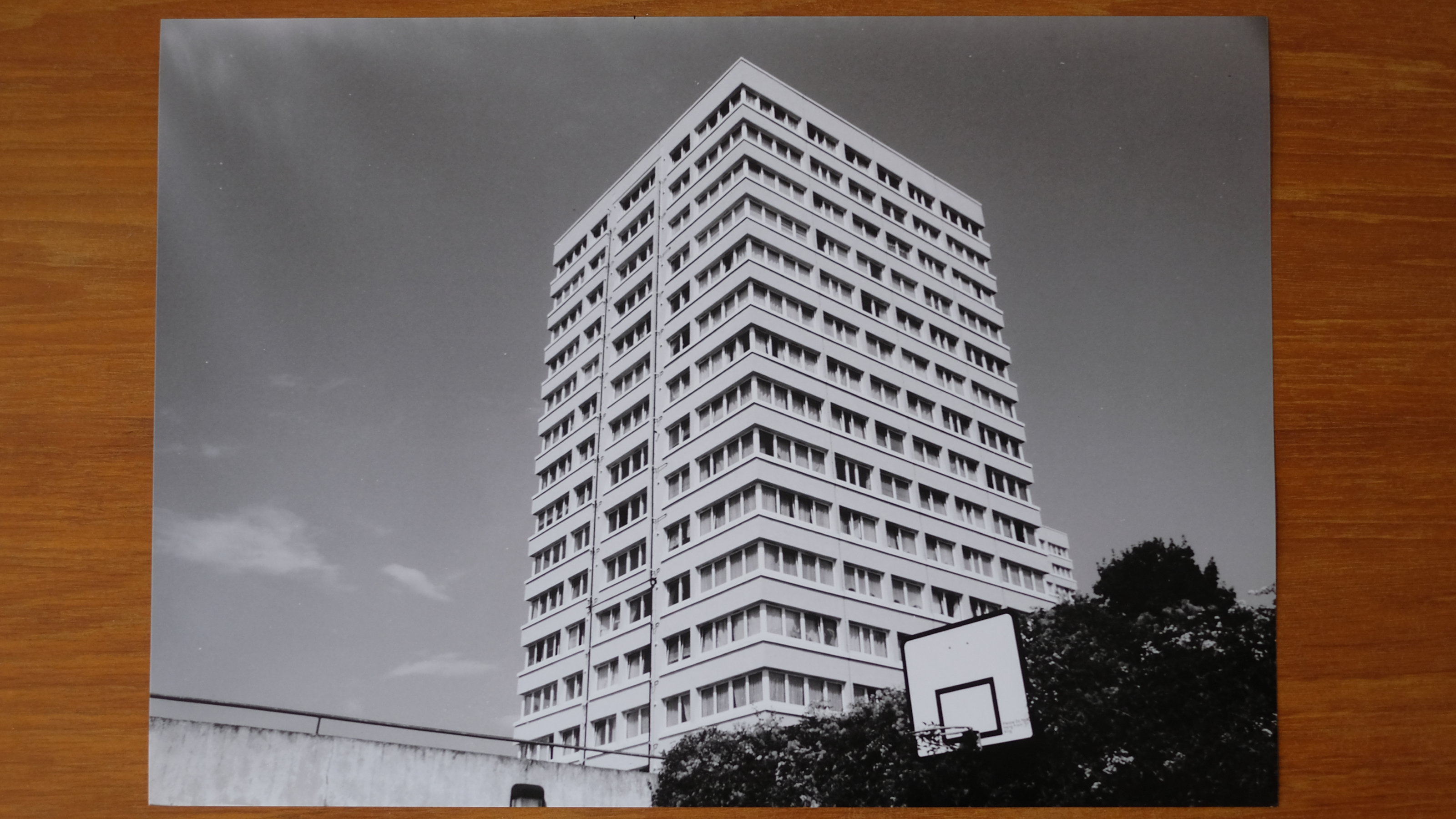
This versatility, the ability to make brilliant-looking prints on both matte and glossy paper, was a big reason why the PRO-300 was so popular, and Canon hasn’t messed with the winning formula. Unless you need to print larger than A3+, there’s no reason why you’d need another photo printer besides the PRO-310.
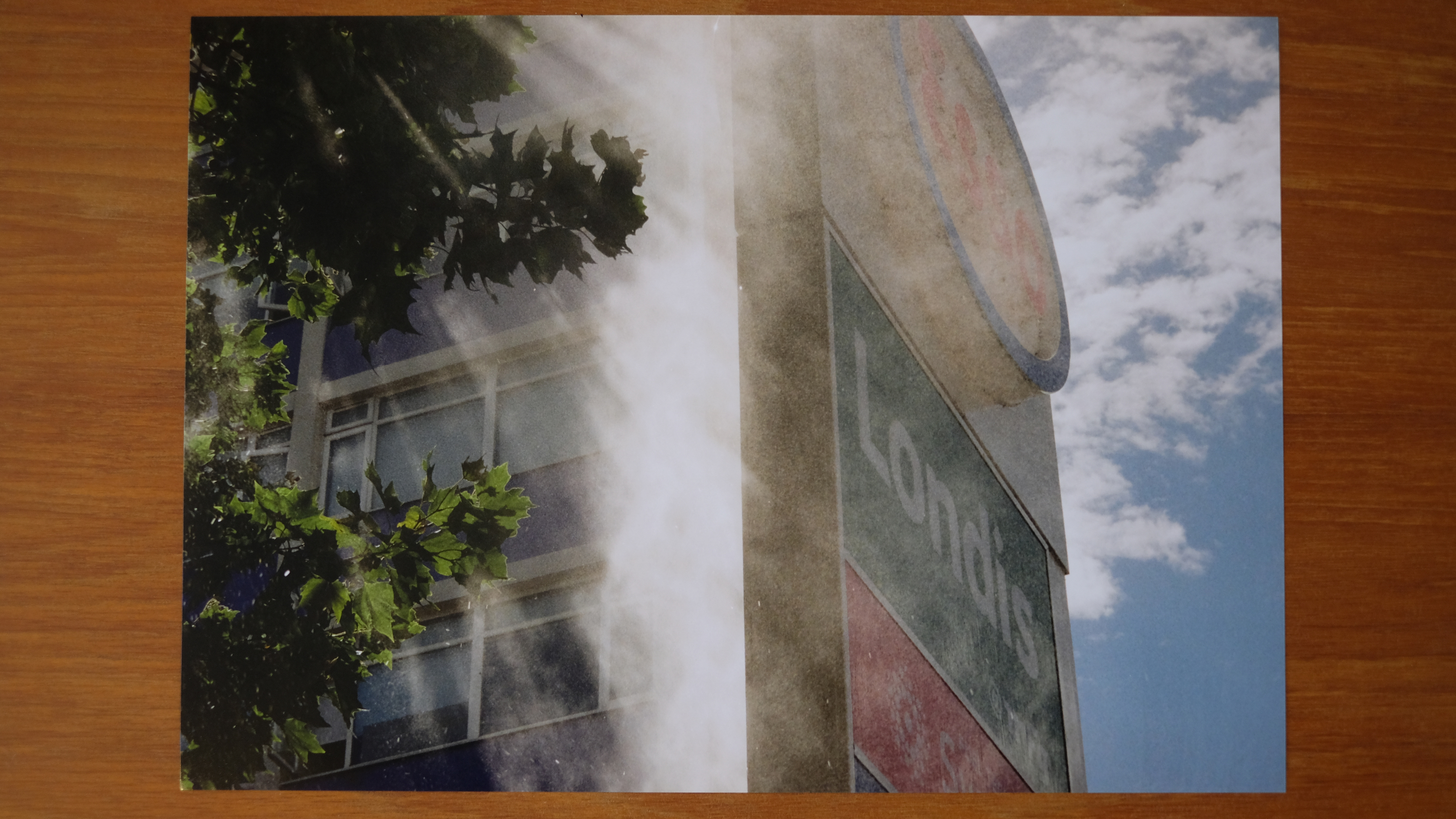
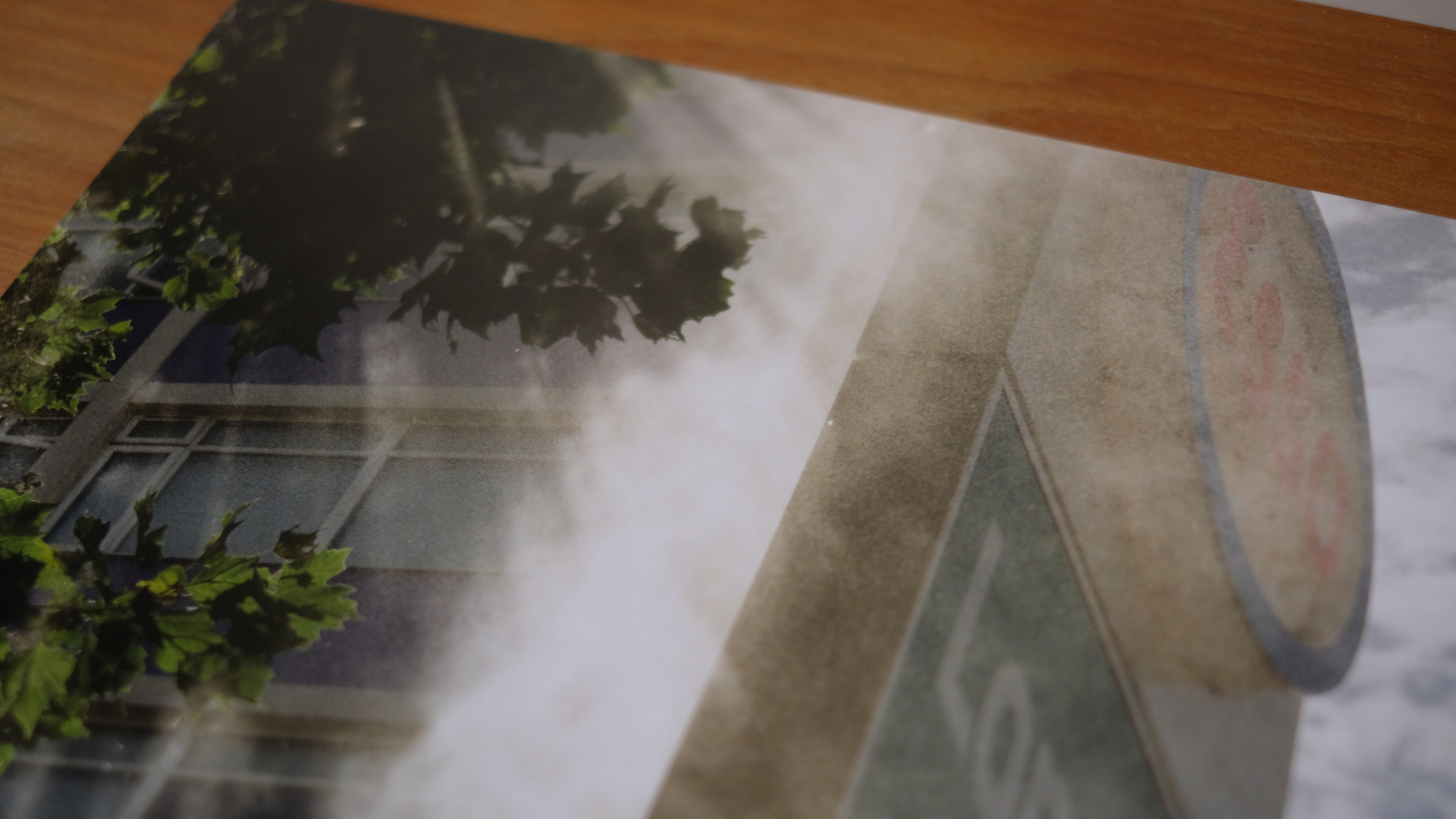
Of course, all that quality takes time. This is not a speedy printer in any sense – even turning it off seems to take a while – and if you have a high volume of printing to do, you can expect to be hanging around. I timed a full-colour print on A3+ matte paper, and it took six minutes and 40 seconds from sending to holding. Still, you can’t rush quality – and it’d be churlish to complain when the results are this good.

Price
The stated price of the Canon imagePROGRAF PRO-310 is currently $972, up a little from the launch price of $849, which is possibly due to tariffs (though as I write, there are some tempting Black Friday discounts still lingering). In the UK, it’s available for £699. I think that’s a pretty good price for the quality on offer here.
Ink is also a factor, of course. A full set of Lucia Pro II Ink Tanks will run you up about $150 / £154, and given that they only hold 14.4ml of ink, they’re easy to chew through quite quickly (I had to change two during my admittedly enthusiastic testing).
Who is it for?
- Pro and enthusiast photographers who want to make gallery-quality prints of their images.
Attributes | Notes | Score |
|---|---|---|
Design: | A big, heavy boy, but sleekly designed with a professional finish. | 5/5 |
Features: | Brilliant suite of printing options, with a few minor operability niggles. | 4.5/5 |
Performance: | Absolutely stunning quality in monochrome and colour. | 5/5 |
Value: | Good value for the printer itself, though ink costs will rack up. | 4/5 |
Buy it if
- You have high-quality images you want to print
- You like to use a mix of matte and glossy paper
- You want a printer that will fit in your home
Don't buy it if
- You need to print larger than A3+
- You want to print quickly
- You want to print cheaply
out of 10
Producing luscious quality on matte and glossy paper alike, this is an ideal all-in-one photo printer for home use. It's not the fastest, it's pretty hefty, and it can rattle its way through its ink tanks, but you won't care about any of that when you're holding these beautiful prints in your hands.

Jon is a freelance writer and journalist who covers photography, art, technology, and the intersection of all three. When he's not scouting out news on the latest gadgets, he likes to play around with film cameras that were manufactured before he was born. To that end, he never goes anywhere without his Olympus XA2, loaded with a fresh roll of Kodak (Gold 200 is the best, since you asked). Jon is a regular contributor to Creative Bloq, and has also written for in Digital Camera World, Black + White Photography Magazine, Photomonitor, Outdoor Photography, Shortlist and probably a few others he's forgetting.
You must confirm your public display name before commenting
Please logout and then login again, you will then be prompted to enter your display name.
